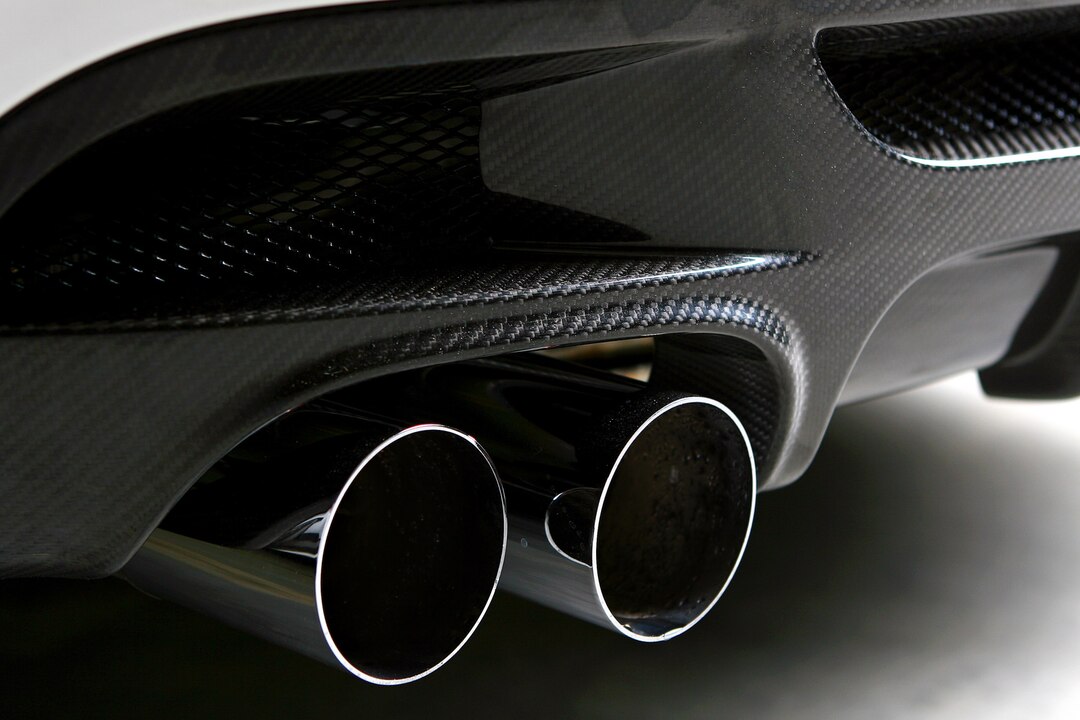The exhaust system of a vehicle plays a crucial role in managing engine emissions, reducing noise, and optimizing engine performance. While all exhaust systems serve the same basic function of expelling exhaust gases from the engine, there are several types of exhaust systems, each with its own design, components, and characteristics. Understanding the different types of car exhaust systems can help drivers make informed decisions when it comes to selecting the right system for their vehicle. Let’s explore some of the most common types:
1. Single Exhaust System:
The single exhaust system is the most basic type of exhaust system, consisting of a single exhaust pipe that collects and expels exhaust gases from the engine. Single exhaust systems are commonly found in smaller vehicles with four-cylinder engines and are typically more straightforward and cost-effective than dual exhaust systems. While they offer adequate performance for everyday driving, single exhaust systems may lack the power and efficiency of more advanced systems.
2. Dual Exhaust System:
Dual exhaust systems feature two separate exhaust pipes that collect and expel exhaust gases from the engine. By providing separate pathways for exhaust gases, dual exhaust systems can improve engine efficiency, increase horsepower, and enhance exhaust flow. Dual exhaust systems are commonly found in high-performance vehicles, sports cars, and trucks, where maximizing engine performance is a priority.
3. Cat-Back Exhaust System:
A cat-back exhaust system replaces the stock exhaust system from the catalytic converter back to the tailpipes. By upgrading the exhaust piping, mufflers, and tips, cat-back exhaust systems can improve exhaust flow, reduce backpressure, and enhance engine performance. Cat-back exhaust systems are popular among car enthusiasts seeking to increase horsepower, torque, and overall engine sound without modifying the catalytic converter or headers.
4. Axle-Back Exhaust System:
Similar to cat-back exhaust systems, axle-back exhaust systems replace the stock exhaust components from the rear axle back to the tailpipes. Axle-back systems typically include mufflers, piping, and exhaust tips, offering an easy and cost-effective way to upgrade the sound and performance of a vehicle without modifying the catalytic converter or headers. Axle-back exhaust systems are popular among drivers looking to enhance the exhaust note and aesthetics of their vehicle.
5. Header-Back Exhaust System:
A header-back exhaust system replaces the entire exhaust system from the exhaust headers or exhaust manifolds back to the tailpipes. By upgrading the entire exhaust system, including headers, piping, catalytic converters, mufflers, and tips, header-back systems can maximize exhaust flow, increase horsepower, and improve engine performance. Header-back exhaust systems are commonly used in high-performance applications and racing vehicles where maximum power and efficiency are essential.
6. Straight Pipe Exhaust System:
A straight pipe exhaust system eliminates the use of mufflers and resonators, allowing exhaust gases to flow directly from the engine to the tailpipes without restriction. Straight pipe exhaust systems offer minimal backpressure and maximum exhaust flow, resulting in increased horsepower, torque, and engine performance. However, they also produce a loud and aggressive exhaust note, making them suitable primarily for racing applications or enthusiasts seeking a high-performance sound.
7. Turbo-Back Exhaust System:
A turbo-back exhaust system replaces the entire exhaust system from the turbocharger outlet back to the tailpipes. By upgrading the exhaust piping, catalytic converter, mufflers, and tips, turbo-back systems can optimize exhaust flow, reduce turbo lag, and increase horsepower and torque. Turbo-back exhaust systems are commonly used in turbocharged vehicles and performance applications where maximizing engine efficiency and power output are priorities.
In conclusion, the exhaust system is a critical component of any vehicle’s drivetrain, responsible for managing engine emissions, reducing noise, and optimizing engine performance. By understanding the different types of car exhaust systems and their respective characteristics, drivers can make informed decisions when selecting the right system for their vehicle. Whether you’re looking to enhance engine performance, improve exhaust flow, or simply upgrade the sound of your vehicle, there’s a wide range of exhaust system options available to suit your needs and preferences.











